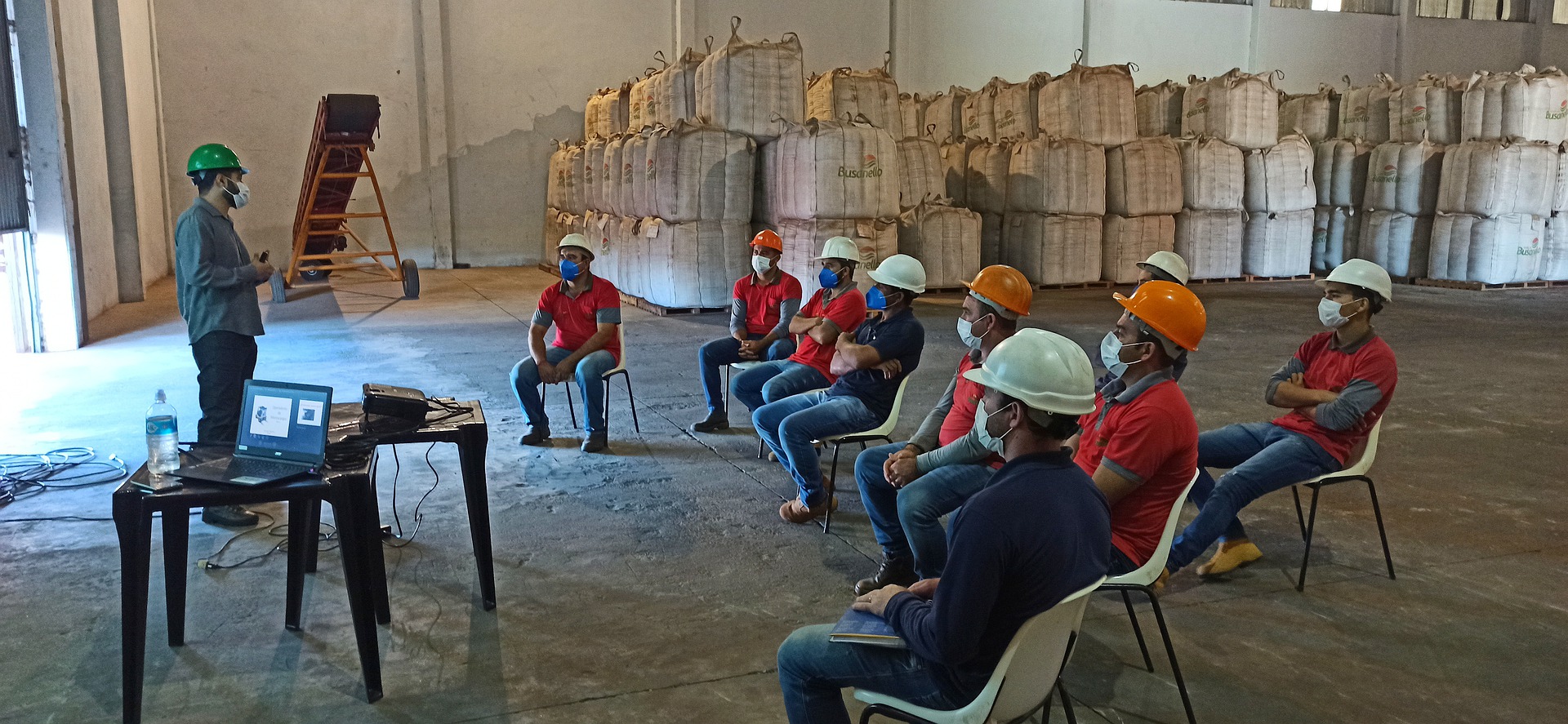If somebody asked you right now how many of your operators are up for their license renewal this quarter, would you know or be able to find the answer quickly? If not, that’s an indication you need to take a better look at how you’re tracking certifications.
A filing cabinet of hard copies that you periodically check isn’t a reliable system. It puts you at risk of not knowing an operator’s license has expired, and as mentioned earlier, that opens you up to safety concerns, a violation of the law, and hefty OSHA fines.
But don’t worry, putting a system into place isn’t difficult. You can easily alleviate the administrative burden and the stress one of two ways. The first is to build and maintain a spreadsheet containing the operator’s name, training date, evaluation date, and name of person(s) performing the training or evaluation.This is what OSHA is looking for. You can certainly add more information to your spreadsheet if it’s helpful for you.
Manual tracking does have its downsides though. If you have more than a few operators to track, it can be time consuming, not to mention a juggling act with operators renewing at all different times. And without automated reminders to alert you when someone’s planned renewal is coming up, you could be facing safety risks and the aforementioned penalties.
The second and easier way to go about tracking forklift certifications is with software, like CertPanda. CertPanda is an online software that tracks certifications, licenses, qualifications, and associated documentation. Unlike a spreadsheet, CertPanda allows you to upload and attach your files and documents, keeping all important details in one place.
Another benefit of CertPanda as opposed to a manual system is that it proactively notifies you before any certificates or licenses expire. This reduces time spent on manual tasks and takes the stress out of the tracking process. Most importantly, you’ll have peace of mind knowing that if/when OSHA comes knocking, you’ll be ready to show them an organized, and up-to-date list of certified operators.
Ready to gain your own peace of mind and let a computer do the hard work for you? Sign up for CertPanda’s free trial today!


